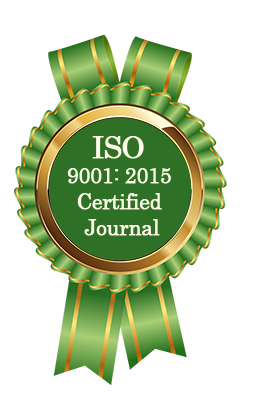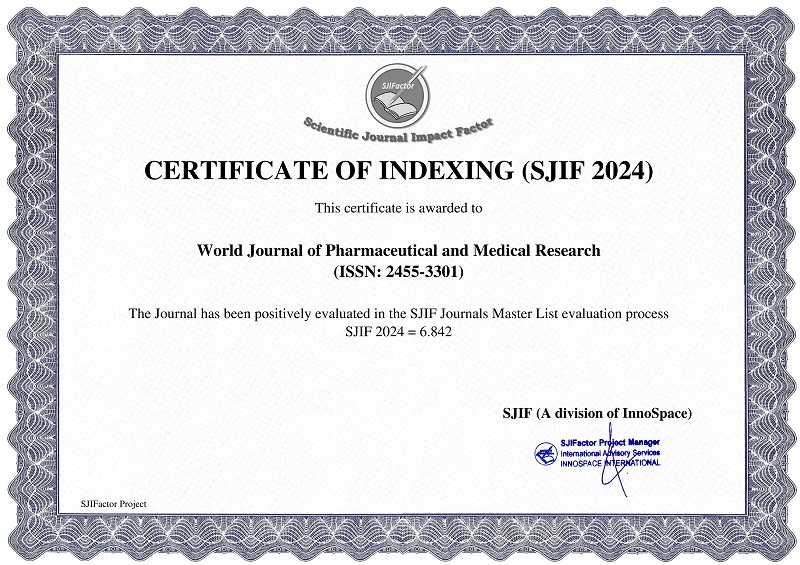NON-ALCOHOLIC FATTY LIVER DISEASE AND ITS MANAGEMENT- A CRITICAL REVIEW
Dr. Nancy Panjeta*, Dr. Rajnikant Rohilla and Dr. Charu Sharma
ABSTRACT
Public health is facing an increasing problem due to the harmful impacts of non-alcoholic fatty liver disease (NAFLD), as diabetes and obesity are becoming more common place globally. In the Western world, non-alcoholic fatty liver disease (NAFLD) is most prevalent. Metabolic diseases such as central obesity, dyslipidemia, hyperglycemia, and chronic abnormalities in liver function tests are intimately linked to non-alcoholic fatty liver disease (NAFLD). Generally, NAFLD is a term used to describe a wide range of liver disease, including fibrosis, inflammatory processes, and hepatocellular injury. Ayurveda being the oldest healing science has vividly described liver diseases in the context of „Yakrit roga’ in classical texts. NAFLD can be interpreted as a „Santarpanjanya vikara’ with kapha medho dushti and its sthanasamsraya in Yakrit, which is said to be Raktavaha srotomoola and Pittasthana.[1] There is no description of Yakrit vikara as a separate chapter in Ayurvedic classics, only Bhavprakash mentioned it as a separate chapter. Description of Yakritdalyodara is found while describing Pleehodara in the Brihat trayees.[1] The few suggested evidences for practice and production more information to help stop the progression of fatty liver diseases and to prevent them.
[Full Text Article] [Download Certificate]



